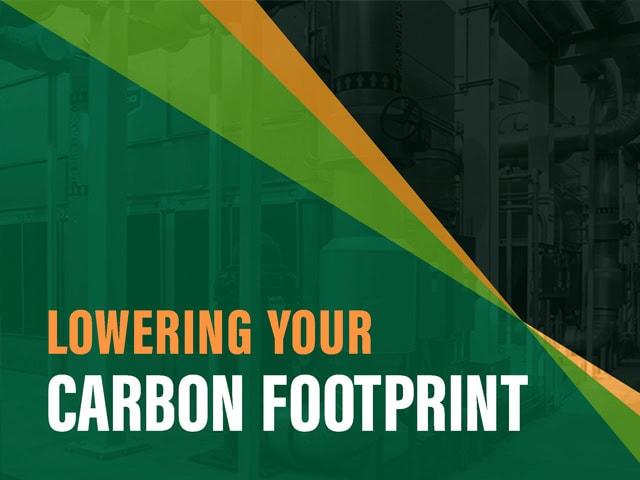Introduction
Global data center electricity consumption, as previously reported by the International Energy Agency, was approximately 200 terawatt-hours (TWh) in 2020, or close to 1% of global electricity demand.
At Ascent, we understand and work directly with data center owners and operators who may or may not be directly aware of their CO2 emissions and help identify opportunities to improve them. Ascent summarizes electrical and mechanical findings from a multi-year study of data center sites’ energy consumption, highlighting mechanical findings below. Data from surveys were analyzed to determine the energy efficiency of the facility using PUE and WUE metrics, and to provide recommendations for improving energy consumption. One key takeaway from the effort is that operators must remain diligent about the most basic operating parameters of their mechanical systems to reduce their carbon footprint.
Mechanical Findings and Savings
The mechanical system analysis was a reminder that the careful operation of these systems is paramount to minimizing energy usage/carbon footprint and should be monitored daily or weekly. Small changes over time can introduce incremental inefficiencies into the mechanical system, resulting in increasingly large losses in both energy and capital. We are referring to the types of moves, adds, and changes that include the addition of IT gear and equipment cabinets, which impact not only the IT load but the distribution of the heat load in the data center itself.
Here is a list of the common findings across all the data centers studied:
- Unmanaged supply airflow delivery losses: efficiently delivering supply airflow to the load begins the cycle of mechanical efficiency.
- Supply-to-load airflow capacity losses: another part of efficiency on the supply side is ensuring that the supply air is matched to the load.
- Produced too much supply airflow relative to the load: when supply airflow is mismanaged, it is easy to lose sight of the fact that excess energy is being expended, much like placing a bed over one of your home’s air conditioning ducts.
- Return setpoints were too low and their humidity setpoints were too high: when the air handling units are not operating within their optimal ranges, it leads to inefficiencies.
- No sites took advantage of built-in ‘ECO modes’: there is a general hesitancy to enable onboard, included economizer modes after new equipment is purchased.
The mechanical systems in the facilities in this study were not necessarily built with inefficiencies, nor were they designed incorrectly. Rather, over time, the mechanical systems slowly fell into a state of relative inefficiency through the neglect of established operational best practices for optimizing supply and return airflow.
Conclusion
Over time, the typical data center loads change and, despite best efforts, the electrical and mechanical plant begins to operate out of sync with the load. This imbalance leads to inefficiencies that result in significant losses in terms of energy dollars, as well as an increase in carbon footprint.
To learn more about operating your data center to lower PUE, operating expenses, and your carbon footprint, take a look at our new white paper Data Center Efficiency: A Blueprint for a Lower Carbon Footprint, contact our team at 1.877.427.2368, or email us at answers@ascentcorp.com.
